Cloud-based Multiphysics simulation for MEMS micro speaker design and development
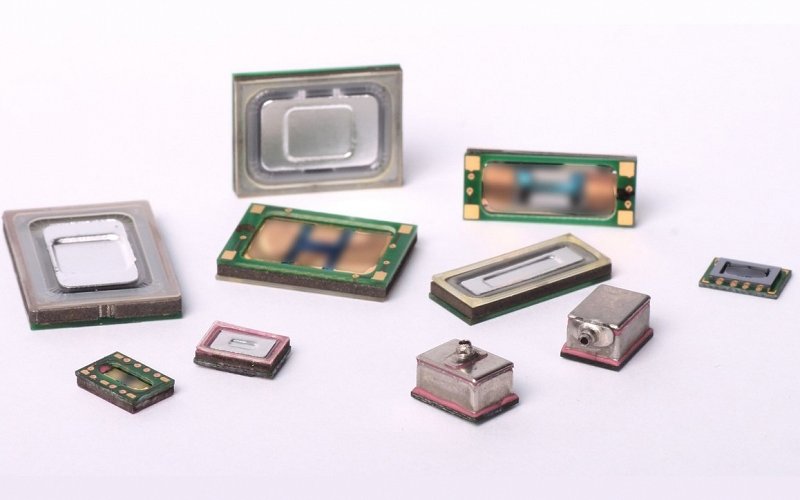
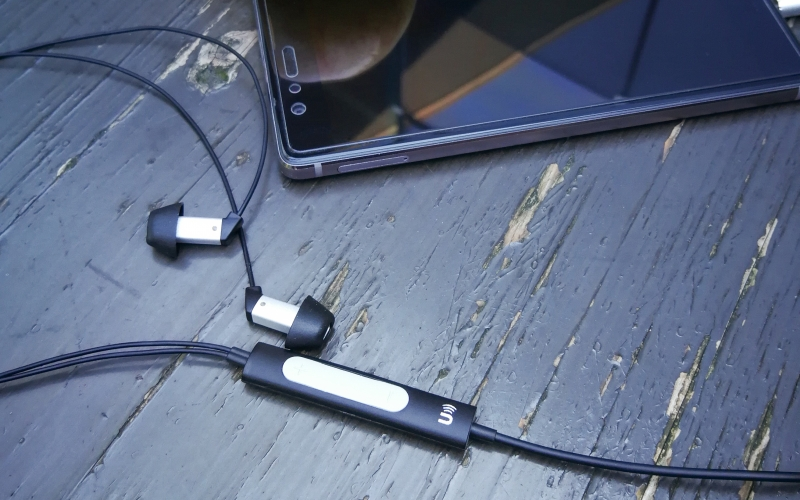
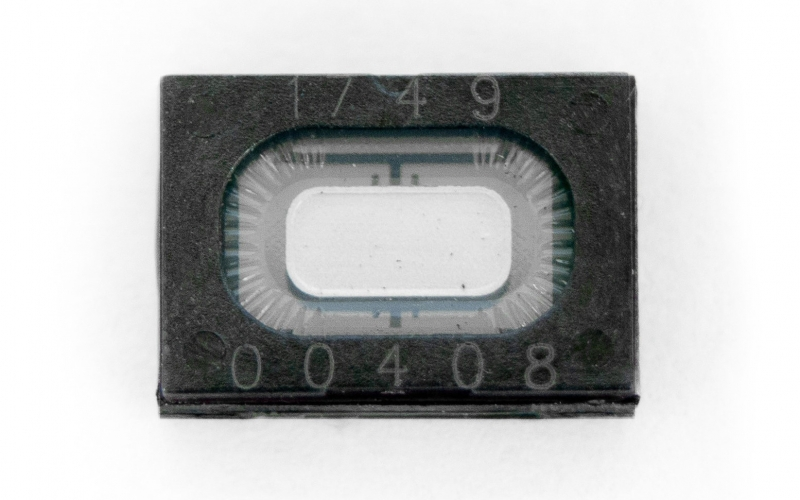
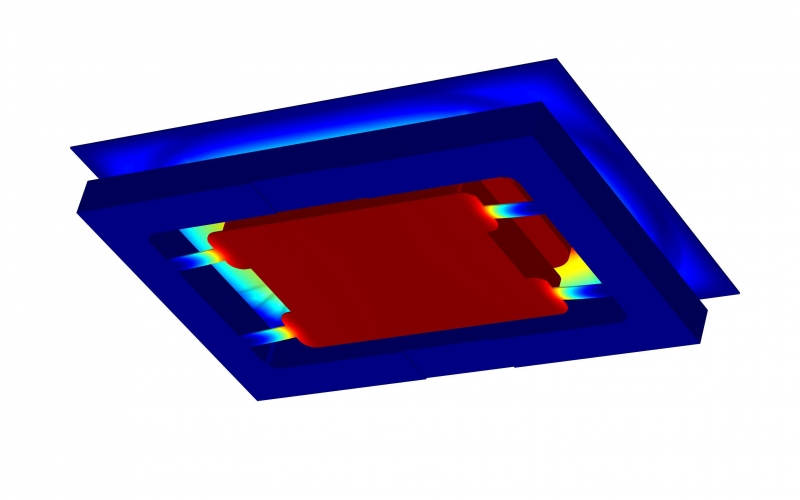
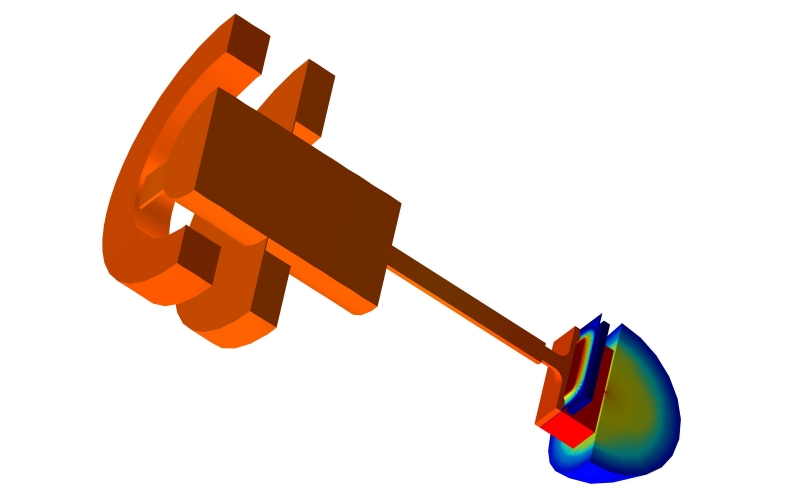
USOUND GMBH (End User and ISV) based in Graz, Austria, is a fast-growing audio company, developing and producing the most advanced audio systems for personal applications based on MEMS (Micro Electro Mechanical System) technology. As a fabless company, process R&D and manufacturing operations are outsourced to industrial partners worldwide. HLRS (HPC Provider) is the High-Performance Computing Center Stuttgart of the University of Stuttgart, Germany.
The Challenge
USound GmbH develops unique MEMS miniature speakers based on the piezoelectric effect to make the next advance in loudspeaker technology. Such MEMS speakers come with all the advantages of MEMS technology, such as automated production and assembly, while providing additional improvements such as smaller form factor, negligible heat generation and improved linearity (this means a reduced production of higher order harmonics) of the speaker compared to the classical electrodynamical loudspeaker. A MEMS production run is expensive and time consuming. Very powerful multi-physics simulation tools are needed as an alternative to physical prototypes to predict the acoustic performance of the speaker and to reduce the number of production runs needed.
The Solution
The USound in-house multi-physics simulation, running on the commercial tool COMSOL Multiphysics, has been used to predict the Sound Pressure Level (SPL) produced. This approach had some restrictions and simplifications due to limited computational power available. Also, the calculation time for this model is 10 to 20 hours, which slows down the development process and does not allow fast development studies, such as parameter variation. HPC computing offers the possibility to use a more detailed geometry without compromises, analyze and consider acoustical losses with thermos-viscous methods and speed up the simulation and development process. The capability for cluster computing, provided by the COMSOL Multiphysics tool, was adapted to run on the HLRS cluster system directly over the native user interface.
Business Impact
USound is pioneering MEMS speakers. In the area of microphones, where MEMS types were introduced in 2003, these have replaced traditional microphones almost completely by now. USound is expecting the same to happen to micro-speakers.
To address the mobile communications market at full scale, further technology and product development is needed. The development for the next-generation mobile speaker product will be 50% faster using the cluster computing methods developed in this experiment. It will therefore allow USound GmbH to gain market share and react to customer needs in a timely manner.
In the growing sector of MEMS devices, powerful multi-physics simulations are mandatory because experimental evaluation is very expensive. As devices become more complex and need to perform in demanding applications such as mobiles and wearables, all sorts of mechanical, electrical and thermal influences have to be considered, These lead to very computationally-demanding simulation models. MEMS developers are moving closer to approaching the limits of a conventional workstation for simulation. The experiment shows that for a demanding FEM (Finite Element Method) MEMS model, COMSOL cluster computing offers a step forward in increasing the complexity and reducing computation times of the FEM model.
Benefits
- Ability to use highly detailed models to get reliable results without compromises.
- Fast simulations, which enable an efficient product development process.
- Using exact models, €400,000 can be saved by reducing the number of prototyping runs from 4 to 2 (one run is in the order of €200,000).
- A typical time to market using physical prototypes is 3.5 years. This is reduced by up to 1.5 years using HPC-based simulations.
Success Story Video
Organizations involved
End User & ISV: USound GmbH
HPC Provider: HLRS
